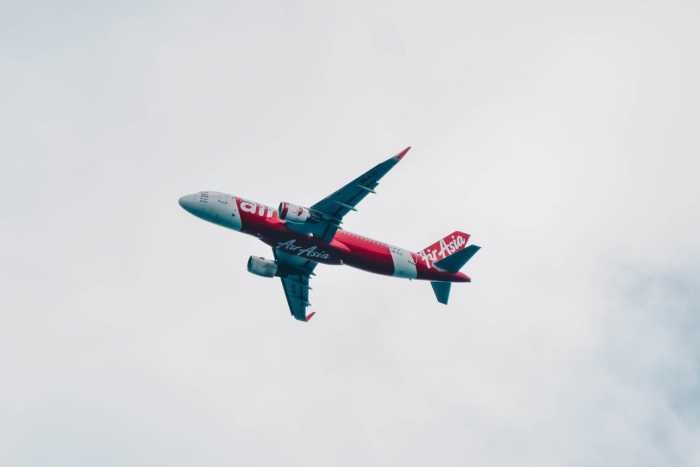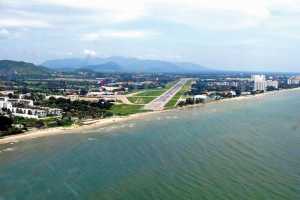
Mobile Barcode Flight Check-In
15th Dec 2010

Mobile barcode check-in to airlines is a fast growing reality around the world that will eventually probably be necessary at Phuket Airport as passenger numbers - and queues - continue to grow toward the airport's target of 12-13 million passengers a year.
It is already being introduced by Asian airlines such as All Nippon Airlines and Japan Airlines of Japan and Air China as both an efficiency and environmental initiative. Mobile barcode check-in has been available through Japanese airlines for some years.
Mobile check-in involves a potential passenger going to an airline's website and book on-line. Once booked the customer can choose to be sent an SMS anytime from 24 hours to 90 minutes before the flight, the time depending on which airline.
The SMS contains a link leading to a mobile barcode, which the passenger can use to check through all necessary security gates and onto the plane itself.
Growth of barcode check-in has been phenomenal. Trinity Mobile, A British industry leader in mobile ticketing, mobile couponing and mobile marketing, saw a 1200% growth in the number of mobile boarding passes sent to passengers in 2009, from 50,000 in 2008 to 600,000 in 2009.
There is now serious talk of the system being used in bus and rail companies.
There are variations on the mobile barcode process. In Asia-Pacific Qantas announced its Q-card would be launched Perth Domestic Airport. Q-card holders simply swipe their card against a Q-card reader at check-in and the card becomes their boarding pass.
The advantage of the Q-card type of technology over the mobile barcode is that they can be converted into permanent boarding passes and could even be synchronized with a baggage tag to cut time in baggage queues. AirAsia has also introduced a new self-service check-in which means avoiding check-in queues at airports.
Re barcode check-in, Air China is now introducing check-in via barcode SMS. United Airlines in the United States and Air Canada have done the same. Many more airlines are set to follow.
And that's what this is all about - as well as being more environmentally friendly than pieces of paper - avoiding those pesky airport queues that have been a fact of airline travel for decades. It is about giving travelers more choice and enjoyment over their travel experience.
At present kiosk check-in actually at the airport facilitates obtaining your boarding pass, but if you can do the same thing via the Internet from home it eliminates even more time at the airport. It will not be long before a customer can book, check-in, choose their seat, fly through security and pick up their baggage at the other end with minimum delay.
The innovation at airports does not stop with mobile check-in, however. Take the case of a pilot project at Manchester Airport in England in which a millimeter multi-wave scanner imaging technology was to replace the traditional 'pat down' searches that include removing coats, jackets, shoes and belts.
The imaging technology bounces x-rays off an individual's skin to produce an outline image of the person's body which is then used to detect concealed, potentially dangerous objects. The image is transmitted to a remote security officer who then electronically confirms if the passenger can proceed or whether a search is required. It is all anonymous.
The image is a black and white, ghost like outline of an individual's body without any distinguishing features such as hair or facial features, making it impossible to recognize people but simple to detect concealed threats.
However, there was a problem in the Manchester Airport survey. The full body scans showed up breast enlargements, body piercings and a clear black and white outline of passengers' genitals. It may require more work. Is it safe? Passing through the machine 20,000 times is the equivalent to one medical x-ray.









